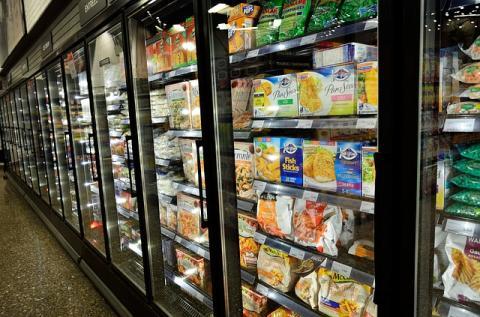
Food labels and packaging serve more than one purpose: shoppers read labels primarily to decipher nutrition information and ingredients lists while manufacturers use words on packaging like “healthy” and “natural” as advertising tools to sell products. But such claims are not clearly defined.
The problem with labeling on food packaging is that it can be confusing or misleading – or it doesn’t mean anything. This is not to say all labeling and packaging information is worthless, but remember, marketing and promotional claims primarily benefit the manufacturers, brands and retailers.
The federal Food and Drug Administration (FDA) has established some standards and regulations for labeling and packaging, but food manufacturers still have plenty of leeway.
The FDA recently adopted new labeling standards that will be phased in before 2018. These include providing more accurate information for the actual serving sizes people eat and the amount of sugar added to packaged foods. It also recently banned the use of trans fats in foods as unsafe, which must be phased out by 2018.
More importantly, the FDA is re-evaluating what “healthy” and “natural” mean for the purposes of food labeling and packaging. “Healthy” now means almost whatever food manufactures want, aside from criteria involving primarily fat, cholesterol and sodium content.
There presently is no official FDA definition for “natural” in food labeling, although the FDA has considered “natural” to mean nothing artificial or synthetic, including coloring, has been added to a product labeled as such. Some federal courts have asked the FDA to determine whether genetically engineered foods and products containing ingredients such as high fructose corn syrup may be labeled as “natural.” Any new policy or definition isn’t intended to apply to food production methods, such as the use of pesticides or irradiation, according to the FDA.
Other labeling and packaging practices may surprise shoppers who read food labels or whose purchasing decisions may be influenced by the wording on packaging.
- Manufacturers generally establish their own criteria for labeling products with expiration dates, best to use by and purchase before dates.
- Labels stating “made with whole grains” can be misleading, because unless the label states 100% whole grain, the product may contain as little as 1% whole grains.
- There’s no federal requirement for labeling chicken or eggs as “free range.” The U.S. Department of Agriculture defines the term as merely meaning having access to the outdoors, without setting any requirements for the amount, duration or quality of outdoor access. It might mean exposure to the outdoors, but not necessarily going outdoors.
- Organic on a food labels means at least 95% of the ingredients are organic, but if the package says “made with organic ingredients” that means only 70% of the ingredients must meet that standard.
- Some food manufacturers label foods “light” by referring to taste, rather than calories. When referring to calories a “light” food must have 50% of less calories than the amount found in comparable products. The label might be referring to the taste or calories—without specifying.








